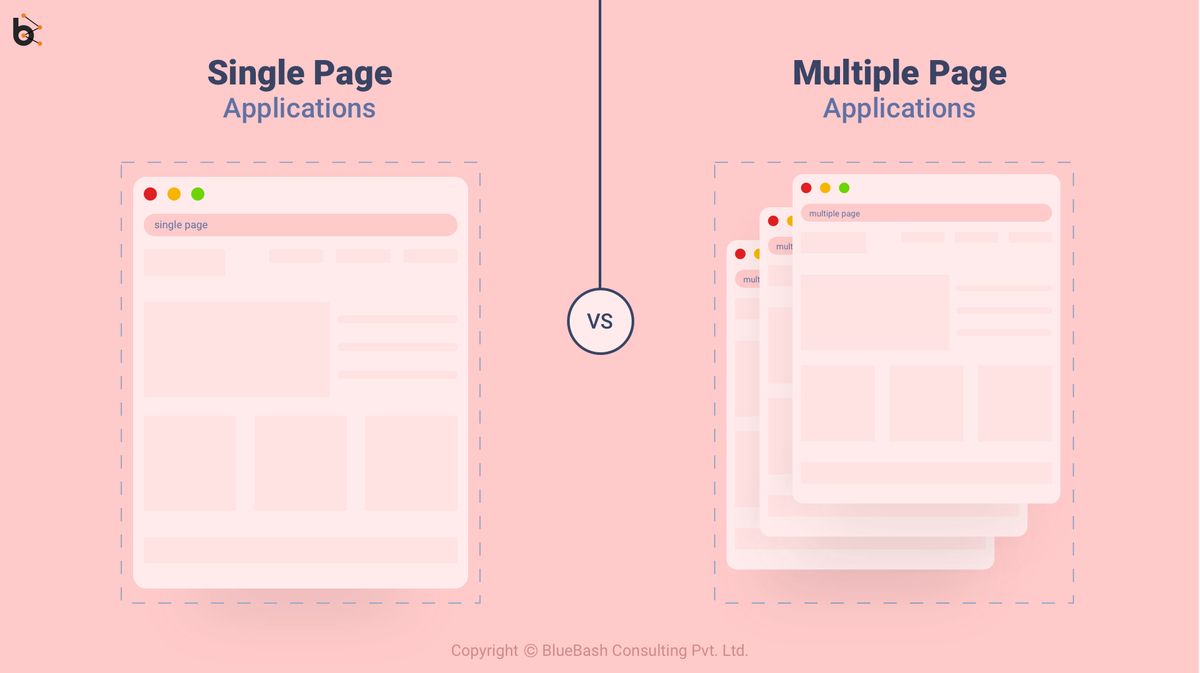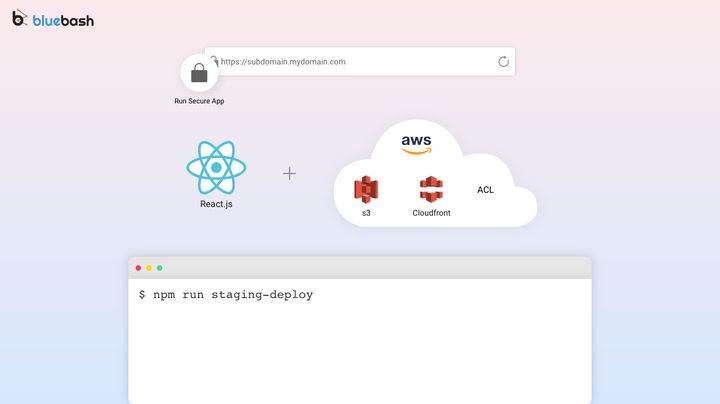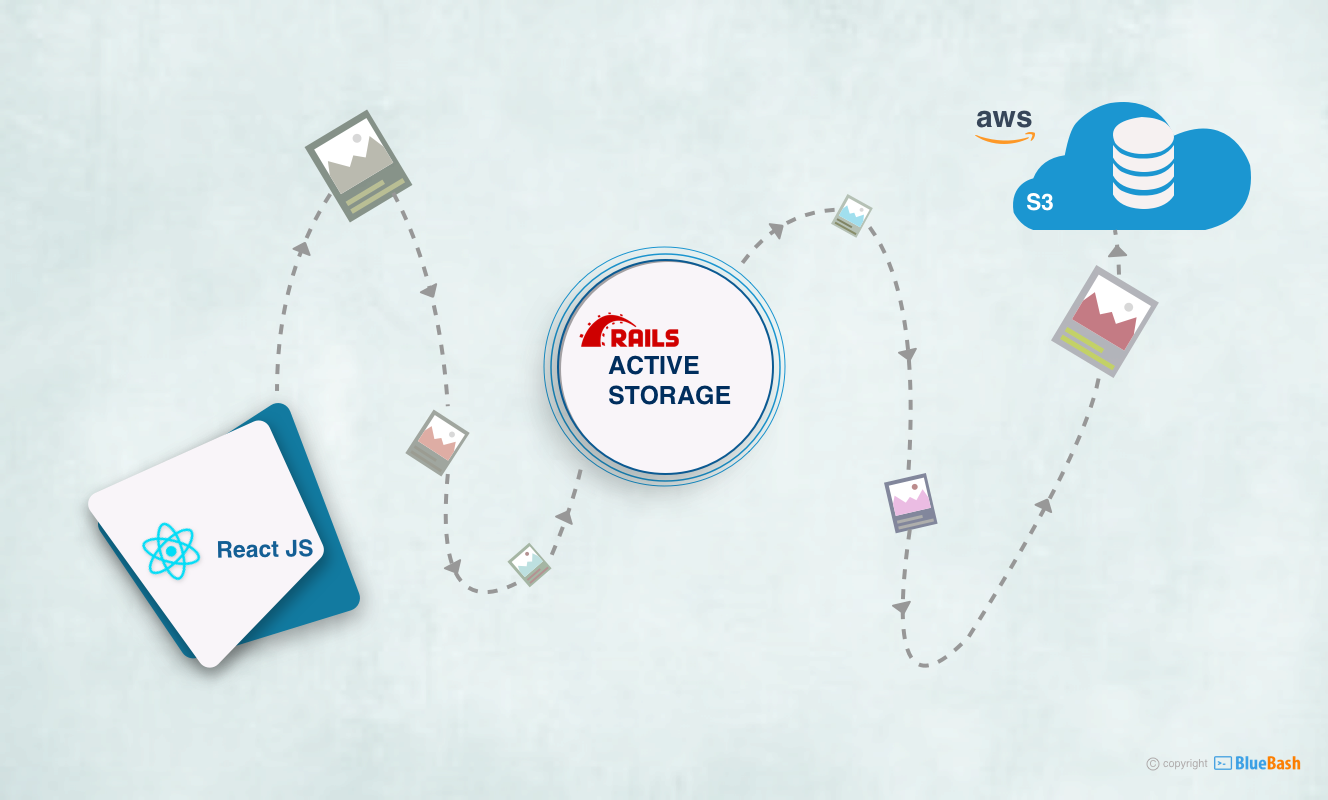Single-Page application vs. Multiple-Page application

When it comes to building a website or any web application then we can opt two ways to build the same. yes, you have heard it right. We can build a web application either in a Single-page application or Multiple-page application. Before discussing the differences in both applications, let's first have a look at what is SPA(Single-page application) and MPA (Multiple-page application).
Single-Page Application: well, from its name you can get an idea about the meaning of such applications. SPA comprises of only one single Web page that cooperates with the client by powerfully changing the present page as opposed to stacking whole new pages from a server. This methodology maintains a strategic distance from the interference of the client experience between progressive pages, causing the application to carry on increasingly like a work area application.
In a SPA, either all essential code — HTML, and CSS and JavaScript — is recovered with a solitary page load, or the proper assets are progressively stacked and added to the page as important, typically when a user do some activities. The page doesn't reload anytime simultaneously, nor controls move to another page, in spite of the fact that the area hash or the HTML5 History API can be utilized to give the discernment and safety of isolated separate pages in the application. Association with the single page application regularly includes dynamic transmission with the web server in the background.

Pros of Single Page Application:
- High Page loading Speed
- Faster development
- Easy to manage
- Easy to debug
- Reusability of back-end in the mobile applications
Cons of Single Page Application:
- Poor search engine optimization
- Single sharing link
- Lack of security
- Dependency on java-script.
Multiple Pages Application: Multi-page applications are progressively normal on the internet since all web applications and locales used to be MPA in any case. Multi-page configuration design requests to reload a website page to stack or send information from/to server in the client's program.
In any case, when you have to make a huge site, greater than such instances of single-page applications as Gmail, Slack or Trello then in such scenarios the only choice left with you is MPA. For example, your web asset may contain a forum, blog, have the option to sell items and numerous different substance. What's more, you can't simply make one structure for these site classifications as they need distinctive UI layers.
For the most part, because of the greater size of MPA, they request to move a bigger measure of information between a program and a server. In any case, it is never again an issue as some developer use AJAX innovation to reload just a particular piece of an application.
Examples of Multi-page Application

Pros of Multi-Page Application:
- Ease of Search engine optimization
- Availability of multiple solutions
- Visual maps
Cons of Multi-Page Applications:
- Complex development process
- linking of Back-end and Front-end
- Low page loading speed
Which one is better from SPA and MPA
Now, we all know what are the benefits and pitfalls of single page application and Multi-page application. Therefore, the software development process can be chosen based on features. What kind of functionality and characteristics are best for your website. To more clarify, you ask some questions to yourself such as
- Does your website contain more pictures and a few text?
- Does your website contain a lot of text and pictures too?
- Does your website contain only graphics?
- Does your website contain more text than pictures?
So, if your business lies in between 1 and 3 scenarios then you should go for a single page application else for other scenarios multi-page application will suit best. If you are still not able to decide and need assistance based on each feature that which one will be better for your business. Our team will provide you proper guidance and do not charge a penny for this. If you have any query regarding project contact here



